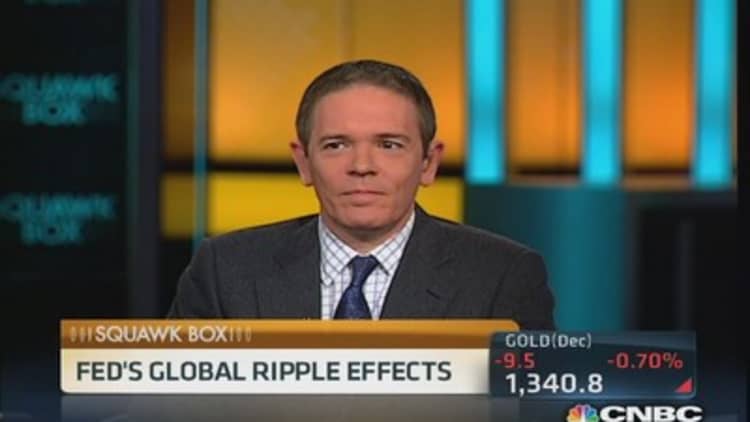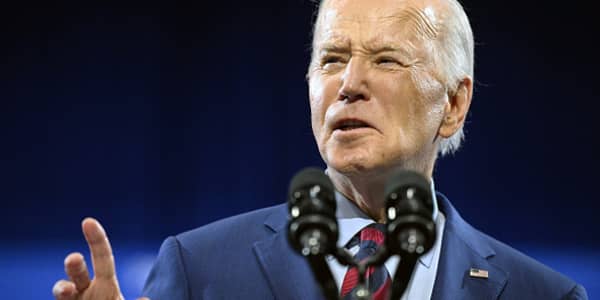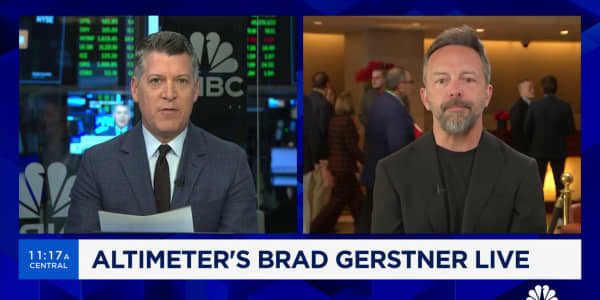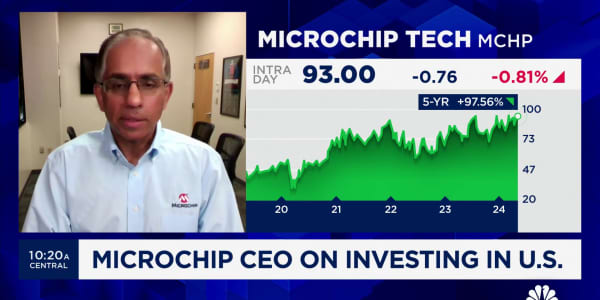Market consensus quickly adapted to the reality that Federal Reserve easing will go full-throttle until at least March. But even that thinking may be too aggressive.
After all, when the U.S. central bank began the third round of its bond-buying program known as quantitative easing, it made it clear that it was an "open-ended" endeavor.
That meant the $85 billion a month of so-called money printing would continue as long as the Fed and Chairman Ben Bernanke deemed necessary. Previous QEs had been more specific about the extent of the efforts.
In a recent CNBC interview, Chicago Fed President Charles Evans said there was plenty of room left for more easing and plenty of reason to do it considering the still-uneven pace of economic recovery.

(Read more: Fed's Evans: Shutdown may delay taper by months)
Meantime, risk assets have rallied, with the around its record high, interest rates have dropped, and the Fed appears nowhere close to taking away its vaunted punchbowl.
Consequently, references to "QEternal" or other similar pejoratives indicating Fed easing could go on forever no longer seem quite so ridiculous.
"There is a danger that the Fed has missed its window of opportunity. If it's waiting for some degree of fiscal certainty, this really could turn into QEternity," Paul Ashworth, chief North American economist at Capital Economics, said in a report.
(Read more: Speculation is propping up stocks: Blackstone's Wien)
"With the potential costs of the asset purchases steadily rising, there may come a time when the Fed is forced to begin curbing its asset purchases against a backdrop of a still misfiring economy or fiscal uncertainty," he said. "We suspect that would come as a very unwelcome surprise to financial markets."
The Fed's balance sheet this week hit $3.87 trillion, rising more than $3 trillion since the advent of the QE program initiated to pull the economy out of the financial crisis-induced recession.
While stocks have exploded higher and liquidity surged during the Fed's efforts, the central bank remains a distance away from its ultimate targets of a 6.5 percent unemployment rate (currently at 7.2 percent) and 2.5 percent inflation (1.5 percent) before it would consider raising rates.
(Read more: September swoon: Job creation misses expectations)
However, rates and QE are separate entities, and the market had come to expect that the Fed would begin tapering asset purchases in September.
The Fed Open Markets Committee decided, however, that it was too soon to taper, a decision complicated by political dysfunction in Washington and uncertainties caused by what likely will be unreliable economic data due to the government shutdown earlier in October.
"We're still flirting with recession," economist and Fed critic Michael Pento said. "We've added $3.2 trillion to the Fed balance sheet, interest rates are at record lows, and none of that has really brought about or engendered viable, sustainable economic growth."
Pento expects that QE may not go to infinity, but it will last much longer than the market is expecting.
"The market's going to slowly come around to the realization that it's QE for a very, very long time and even longer than that," he said.
(Read more: Overbought? No sweat, thanks to 'Bernanke-care')
Noted bear Marc Faber has frequently said the Fed will have multiple additional rounds of QE, and recently told CNBC that he thinks the monthly bond purchases could eclipse $1 trillion at some point.
"We know that a number of Fed officials, including some of the Fed governors as well as the more hawkish regional Fed presidents, are already concerned about the ultimate size of the Fed's balance sheet," Ashworth said.
"Those concerns are only going to grow if the Fed maintains its monthly asset purchases at the current $85 (billion) until well into 2014," he added. "At the very least, when pushing back expectations of when the Fed will begin to taper its current open-ended QE3 program, financial markets should be weighing those potential costs against the benefits.
From an investment perspective, though, that could mean that the equity market rally may have no end in sight before the inflation takes over and there's a price to pay for the massive liquidity push.
"It's unsustainable," Pento said. "It's not based on any viable growth, it's not underwritten by the strength of the economy. But can something that is irrational go on for a very long time, maybe even years? Yes."
—By CNBC's Jeff Cox. Follow him on Twitter @JeffCoxCNBCcom.






